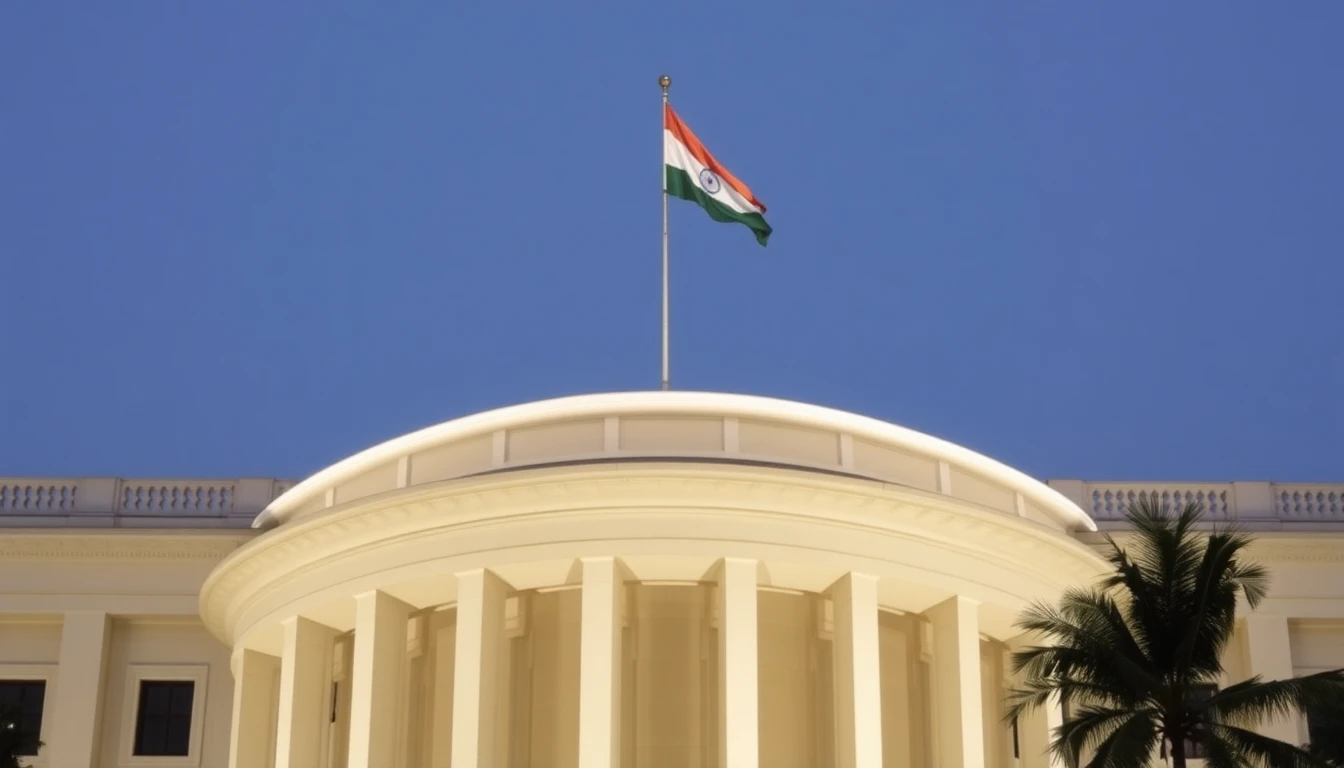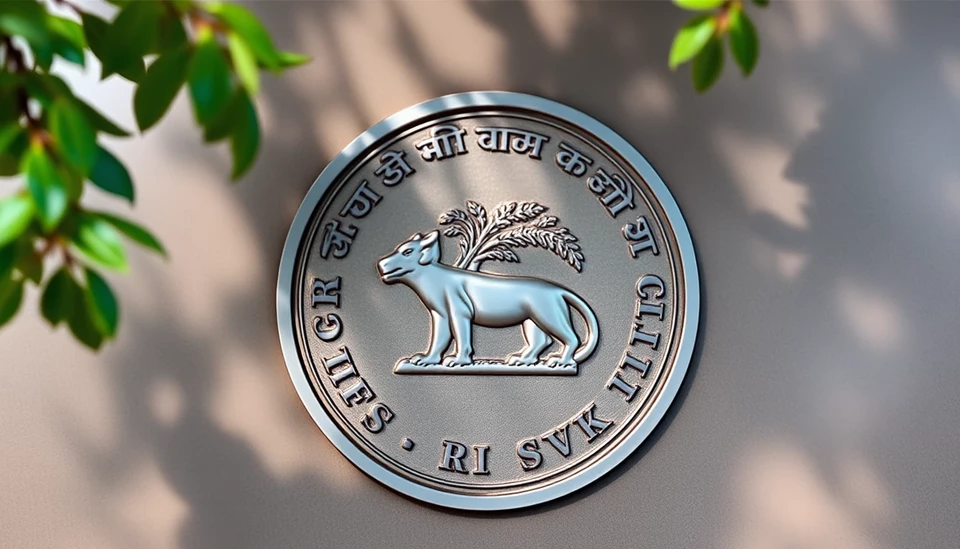
The Reserve Bank of India (RBI) has adjusted its monetary policy stance, indicating a potential shift towards lower interest rates in the coming months. This decision emerged during the recent Monetary Policy Committee (MPC) meeting, where the central bank elected to maintain the current repo rate at 6.5%. However, the tone of the discussions suggests an openness to rate reductions, which is a notable change from prior months of tightening measures.
This pivot arises amidst a backdrop of easing inflationary pressures in the Indian economy. Consumer price inflation, which had been a primary concern for the RBI, has shown signs of stabilizing, allowing the central bank to explore a more accommodative monetary policy framework. The RBI's latest report indicated that inflation has trended downward, falling within the target range set by the government, bolstering confidence in economic growth prospects.
RBI Governor Shaktikanta Das highlighted that while the current inflation landscape provides some leeway for policy adjustments, the central bank will remain vigilant and responsive to any sudden fluctuations in economic indicators. He emphasized that any shifts in monetary policy will hinge on incoming data, particularly concerning price movements and growth metrics.
Analysts are interpreting this shift as an encouraging sign for businesses and consumers alike. A potential reduction in interest rates could stimulate spending, investment, and overall economic activity, benefiting sectors such as real estate and consumer goods that rely heavily on borrowing. However, some economists caution that any rate cuts must be approached with caution to avoid reigniting inflationary pressures.
Furthermore, the global economic landscape continues to influence India's monetary policy decisions. With central banks worldwide grappling with the fallout from geopolitics, supply chain disruptions, and other macroeconomic variables, the RBI's flexibility in its approach to interest rates is a crucial consideration for maintaining economic stability.
In this evolving context, market participants are closely monitoring indications from the RBI for further insights into the timing and magnitude of potential rate cuts. Financial markets have already started to reflect expectations of a more dovish stance, with analysts projecting that the central bank may adopt a gradual approach to rate reductions in the first half of 2024.
The RBI's strategic shift not only influences domestic economic conditions but also plays a vital role in informing international investors about the investment climate in India. As the world's fifth-largest economy navigates through these changes, the emphasis on sustainable growth and managing inflation will remain paramount for the central bank's future policy decisions.
In summary, the Reserve Bank of India's recent policy stance points toward a willingness to implement rate cuts as inflation stabilizes, aiming to bolster economic growth while carefully monitoring economic data. This approach sets an optimistic tone for future monetary policy strategies in India, reflecting a balance between managing inflation and supporting economic activity.
As discussions around potential interest rate cuts continue, stakeholders across various sectors will be keenly observing the RBI's forthcoming moves in response to the dynamic economic landscape.
#RBI #InterestRates #EconomicPolicy #Inflation #IndiaEconomy #FinanceNews
Author: Rachel Greene




